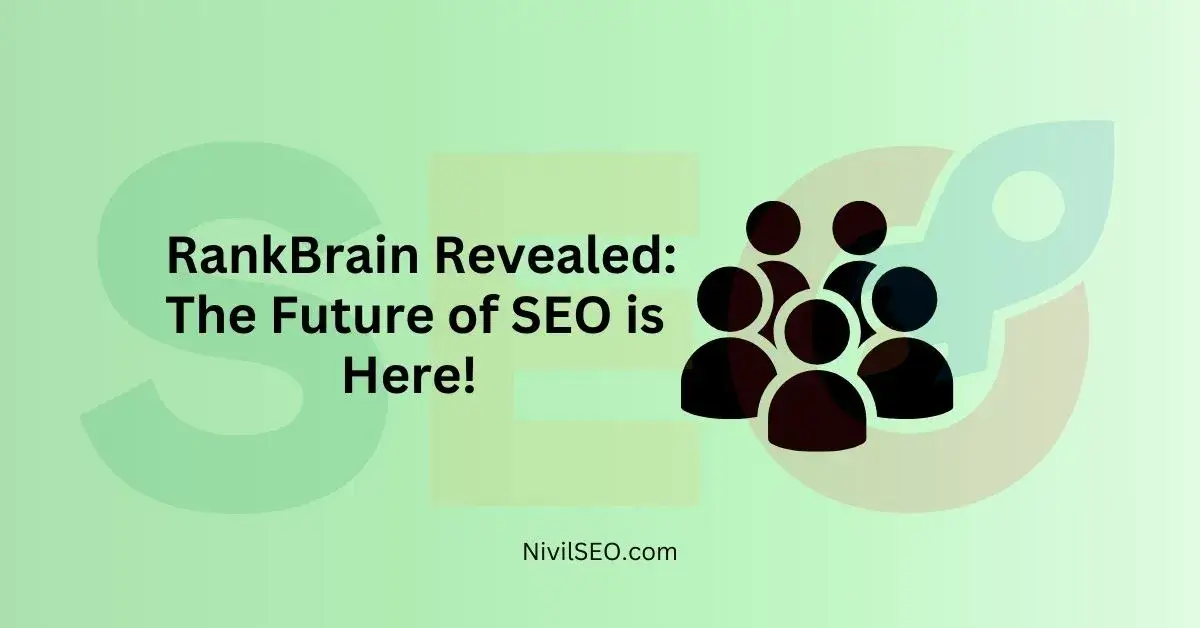It was the year 2015 when this new power within SEO landed on its soil within a very changeable scene- RankBrain. A little different than just algorithm changes, RankBrain ushered in something like an uprising within SEO as well; it incorporated machine learning and transformed search engine functionality entirely by way of changing its conception of how queries could actually be posed. Days of simple keyword targeting were numbered, as an SEO expert in Dubai knew well that understanding user intent was going to be the new frontier.
Beyond Keywords: Unveiling the User's Why
Were RankBrain to exist in yesteryear, all of SEO depended so heavily on keyword research and optimization. We would optimize our content with all the related keywords into it, with a hope that it would align exactly with the user’s search query. But all that changed with RankBrain. Instead of targeting one keyword, RankBrain instead looked at the intent behind the search query. Was he looking to be informed, was he trying to purchase something, or perhaps something else?
Let’s consider this simple example: “best mountain bikes.” RankBrain moves beyond just giving you keyword identification of “mountain bike” and “reviews.” It considers context: Is this a beginner looking to compare models, or an experienced rider seeking performance comparisons?
RankBrain now got a better understanding of what users wanted. With that, some changes crept into the way things need to be done about a job for SEO professionals.
Shifting Gears: From Keyword-Centric to User-Centric SEO
Some of the strategies that I employed in order to adapt to RankBrain’s user-centric approach are as follows:
- Long-Tail Keywords: We started to focus on long-tail keywords which reflected specific user queries. These keywords, like “best mountain bikes for beginners under $1000,” provided a clearer picture of the user’s intent.
- Topic Clusters: We designed topic clusters that offered very comprehensive content about a topic. Thus, it appealed to various kinds of users who would be at varying stages in the process of looking for their research. In this context, a mountain bike topic cluster could offer articles with regard to types of bikes, buying guides, and tips on maintaining the vehicle and trail recommendations.
- Entity Research: e researched the entities and concepts surrounding our target keywords. This would help us understand the broader context of a user’s search and create content that addresses their specific needs. For instance, in the mountain bike scenario, entities might include different brands, components, and riding styles.
- User Engagement Metrics: In optimization, we looked for metrics such as time spent on page and bounce rate. These are helpful metrics that will indicate whether the content is really engaging a user or if it fulfills the search intent.
The Future of SEO: A Dance with Machines
RankBrain marked a turning point for SEO; understanding user intent was all the rage. As machine learning continues to advance, I predict it will become even more subtle. Here’s what I see on the horizon:
- Voice Search Optimization: As voice search is gaining importance, understanding the natural language query becomes important. Decoding RankBrain paved a way toward this shift by emphasizing understanding the intent behind a search rather than the keywords alone. In the near future, SEO professionals will thus have to optimize content for conversational language and long-tail, question-based keywords.
- Semantic Search: The focus will not be on keywords, but on the actual meaning and context of a page. So, the content should be relevant to the topic and structured properly.
- Evolving User Behavior: The users will change with changing behavior, and thus SEO experts will have to become nimble and shift according to the changes as it unfolds. They would be aware of the search trend currently in vogue as well as the preferences of users and would succeed in such situations.
It’s a dance with machines – embracing the future of SEO through machine learning and user intent will allow content to rank while also providing a better experience for the user. This is the direct result of long-term SEO success in an ever-changing search landscape.










